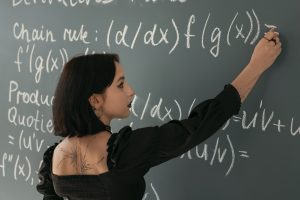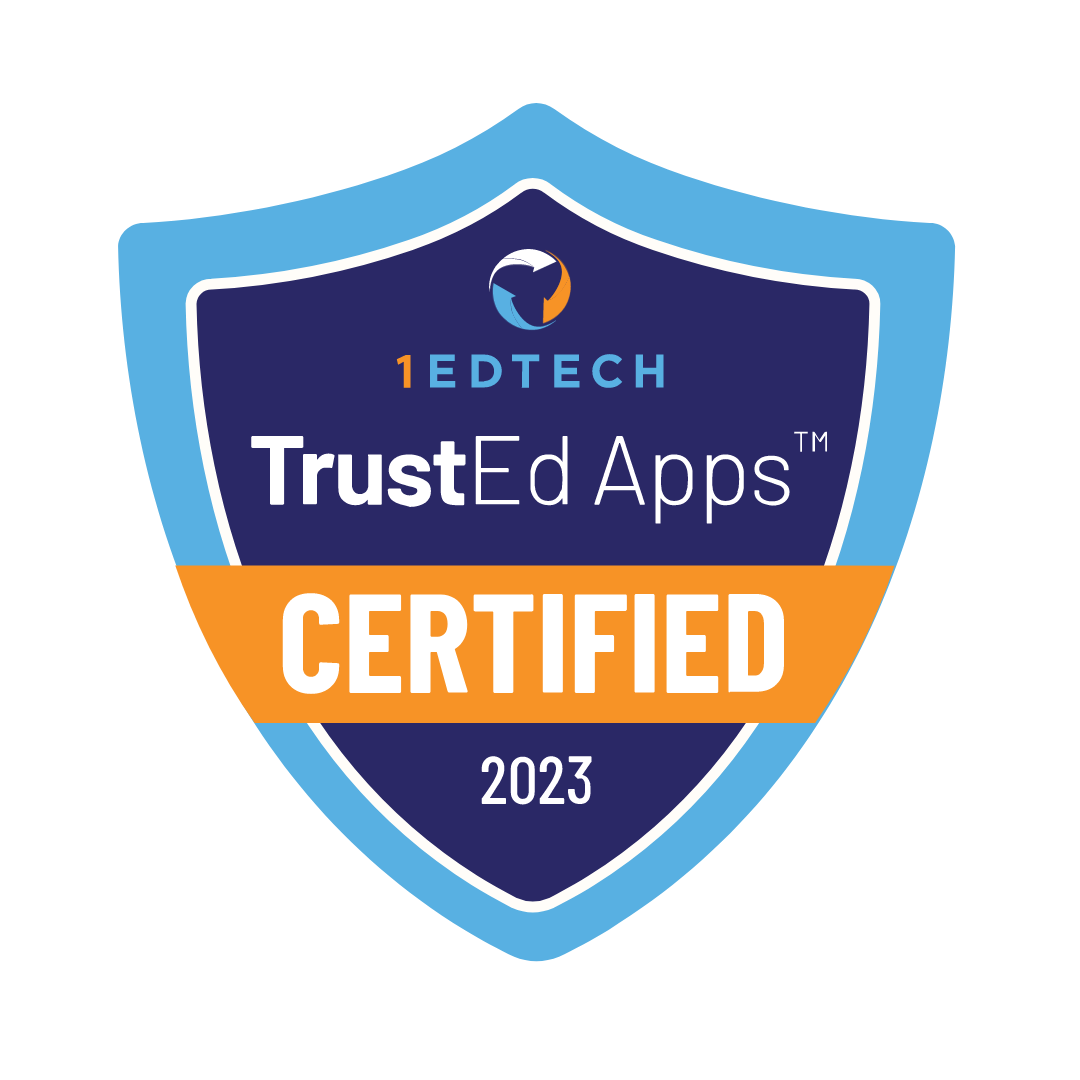Contents
Online schools and programs are a way to skip the traditional process and get a quality education. 36% of students prefer online education, according to the The Time for Class survey. Courses, like Honors or Advanced Placement, are often easier for students to manage in online schools.

Algebra 2 is a higher-level high school math class. The course of Algebra 2 goes further into detail with this class. Let’s know what this course covers and how students can get the most out of it.
What Are the Key Topics Covered in Honors Algebra II?
Let’s learn more about the key topics included in Algebra 2 Honors.

Understanding Functions in Algebra 2
Functions illustrate the relationship between variables. Learners study different types, such as linear, quadratic, and exponential functions. Graphs, tables, and equations make it easier to spot patterns and predict outcomes.
Exploring Quadratic Equations and Their Applications
Quadratic equations introduce students to the concept of parabolas, roots, and vertex points. Children study how to solve them by such methods as factoring or using a quadratic formula. Such lessons help learners to be more critical and prepare for harder math.

Polynomial Functions: Concepts and Graphs
Students practice working with polynomials by adding, subtracting, multiplying, and factoring them. Graphing helps children find important points, like zeros and turning points, and see how the graph behaves. Students learn how equations work by understanding these functions.
How Can I Effectively Review for my Algebra 2 Honors Course?
“I have good news for algebra students: algebra does indeed enrich our life if we choose to understand it”
Isaac Demme, Demme Learning

We’ll discuss the best ways to review for an Algebra 2 Honors course.
Utilizing Review Worksheets for Algebra 2
Worksheets allow students to practice about important topics. Websites, like Kuta Software, give students free printable worksheets. Regular practice helps students remember steps and formulas. This builds confidence before tests.
Creating a Study Schedule for the Semester Review
Study schedule helps students review all topics without stress. Children organize daily study time with the use of tools like Google Calendar. Taking breaks keeps students focused and avoids burnout.
Engaging in Math Enrichment Activities
Fun activities like math puzzles or games make learning easier. Platforms like Legacy Online School offer interactive Algebra 2 practice. Group study can be organized using Zoom or Discord for peer learning.
What Are Common Challenges Faced in Algebra 2 Honors Classes?
Let’s discuss the key difficulties students experience in Algebra 2 Honors.

Addressing Difficult Concepts in Trigonometry
Trigonometric functions are challenging to understand. Unit circle diagrams and some other visual tools can be used by children to learn how these functions work. Desmos and other interactive applications help students visualize the graphs and master the calculations.
Strategies for Solving Complex Polynomial Equations
Complex polynomial equations can be challenging because they involve higher powers, factoring, and multiple solutions. Here are some strategies to simplify solving polynomials:
- Factor out the greatest common factor and identify patterns
- Use synthetic division to break polynomials into smaller parts when a root is known or guessed
- Apply the quadratic formula for polynomials that reduce to quadratic form
- Graph the polynomial or use a calculator to find where it crosses the x-axis for real roots
- Simplify equations by substituting a new variable to make solving easier
Overcoming Difficulties with Logarithmic Functions
Logarithms can be tricky for students because they are the inverse of exponents, which is often hard to grasp. Students should start with simple base-10 logarithms before moving to natural logs and their properties. Practicing how to switch between exponential and logarithmic forms helps build understanding. Websites like Mathway offer clear explanations and guided practice problems.
How Do I Prepare for Algebra 2 Honors Exams?
Let’s discuss how to prepare for an Algebra 2 Honors exam.

Effective Study Techniques for High School Mathematics
Here are some effective techniques for studying high school mathematics:
- Solve problems daily to reinforce concepts and build confidence. Consistency helps retain formulas and method
- Identify challenging topics, like logarithms or trigonometry, and spend extra time practicing them
- Graphs, diagrams, and tools like GeoGebra help students understand functions, equations, and their behaviors
- Practice with old exams or review worksheets to get familiar with the format and types of questions
- Collaborate with peers to discuss solutions, share tips, and clarify difficult concepts
Practice Problems and Past Exams Review
Students improve their Algebra 2 skills by solving practice problems on topics like polynomials and logarithms. Reviewing past exams helps children understand question formats and manage time effectively. Focusing on common mistakes allows students to sharpen their accuracy. Consistent practice builds children’s confidence and prepares them for success on exams.
Utilizing Online Resources for Algebra 2 Review
Online tools offer interactive lessons, quizzes, and step-by-step solutions to reinforce learning. Websites like Mathway help students visualize and solve complex problems. Video tutorials break down difficult topics, making them easier to understand. Using a mix of resources ensures comprehensive preparation for exams.
What Is the Importance of Applications in Honors Algebra II?
Let’s look at why applying concepts is a key part of Honors Algebra 2.

Real-World Applications of Algebra 2 Concepts
Algebra 2 connects math to real-life situations, like figuring out loan payments or tracking population growth. Students use equations and functions to solve everyday problems, such as budgeting or designing projects. Systems of equations help model things like business choices or traffic patterns. These real-world examples make learning math more useful and interesting.
The Role of Statistics in Algebra 2
Statistics helps students understand and work with data. They learn about concepts like probability, averages, and standard deviation to solve real-life problems in science and business. Students practice showing data clearly using graphs and charts. These skills are useful for future studies and careers.
Exploring Exponential Growth in Business and Science
Models of exponential growth show the long-term increase of populations, investments, or germs. Students interpret trends, such as the rise of interest or changes to scientific data, with exponential equations. These concepts provide problem-solving skills in biology, economics, and business. Students who learn about exponential growth have a deeper understanding of how math describes real-world changes.











